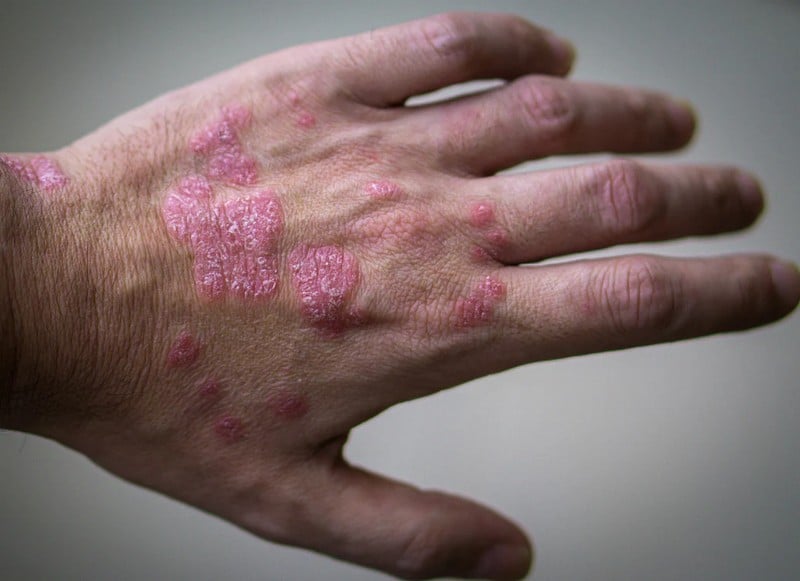The human liver is the body’s second-biggest organ. It is vital in digesting food, absorbing essential nutrients, and removing toxins from circulation. Hepatic steatosis is another term for fatty liver, resulting from an accumulation of fat in the liver. Although fat in the liver is essential, too much leads to fatty liver disease. Nonalcoholic fatty liver disease (NAFLD) occurs in patients with hepatic steatosis but who do not consume alcohol.
Liver inflammation brought on by excess liver fat may lead to permanent liver damage and scarring. Liver scarring is a consequence of fatty liver disease, and fibrosis describes the scarring that occurs in the organ. Cirrhosis is a potentially fatal disorder that may lead to liver failure if extensive liver fibrosis develops.
Statistics reveal that between 25 and 30 percent are diagnosed with NAFLD. Damage to the liver from cirrhosis is irreversible, which emphasizes the need for primary prevention. Most people with NAFLD don’t know they have it since they have no symptoms. Therefore, it’s often discovered via medical examinations for unrelated issues that reveal a liver issue. Signs of NAFLD include chronic fatigue, weakness, and unexplained weight loss. NAFLD can also cause jaundice, nausea, abdominal pain, and cognitive impairment, which are overlapping symptoms of liver failure.
Skin Problems

Since NAFLD is mostly asymptomatic, small changes such as skin problems may indicate its early onset that needs immediate attention.
Psoriasis is a multi-system inflammatory disease with several co-occurring conditions. Studies revealed that NAFLD is more common and likely to develop in psoriasis patients. Compared to individuals without psoriasis, those with NAFLD and psoriasis tend to have more severe skin disease and a greater risk of severe liver fibrosis.
NAFLD was strongly linked to psoriatic arthritis, overweight, and metabolic syndrome. Furthermore, NAFLD fibrosis in psoriatic individuals was likelier to have advanced liver fibrosis than the non-psoriatic ones. Additionally, these individuals had a higher prevalence of multiple sclerosis and diabetes.
Obesity and metabolic syndrome, both of which are linked to NAFLD, are also connected with psoriasis. Psoriasis and metabolic syndrome were two substantial predictors of NAFLD.
On the other hand, spider angiomas, also known as spider nevi, are groups of enlarged blood vessels that appear on the skin’s surface. They resemble spider webs and are little, crimson, slightly elevated dots with fine lines radiating outward from the center. Most often affected areas are the face and trunk; however, spider angiomas may appear everywhere. When estrogen levels are high, as they are in cirrhosis and other liver illnesses, including NAFLD, lesions such as spider angiomas can form.










